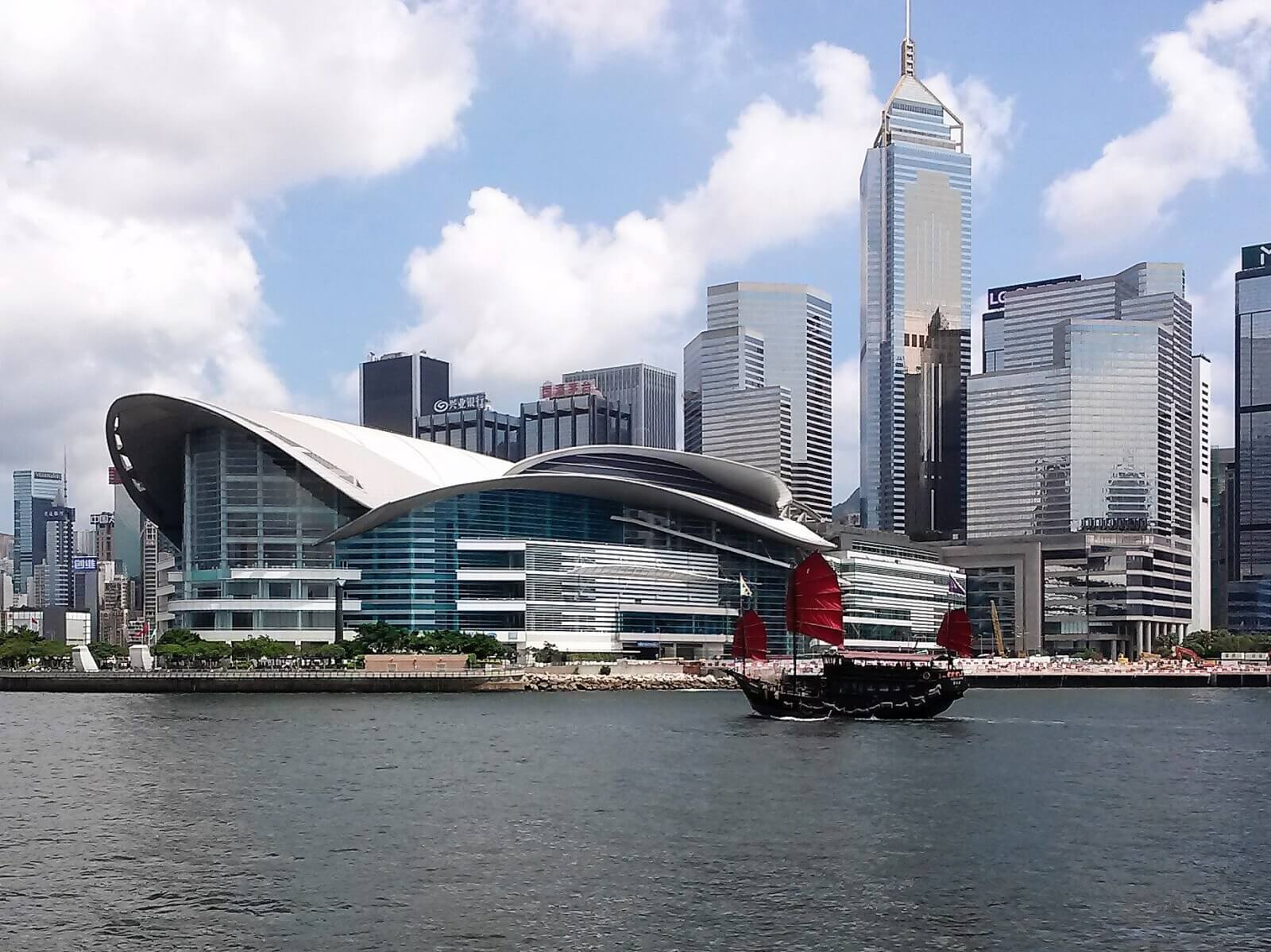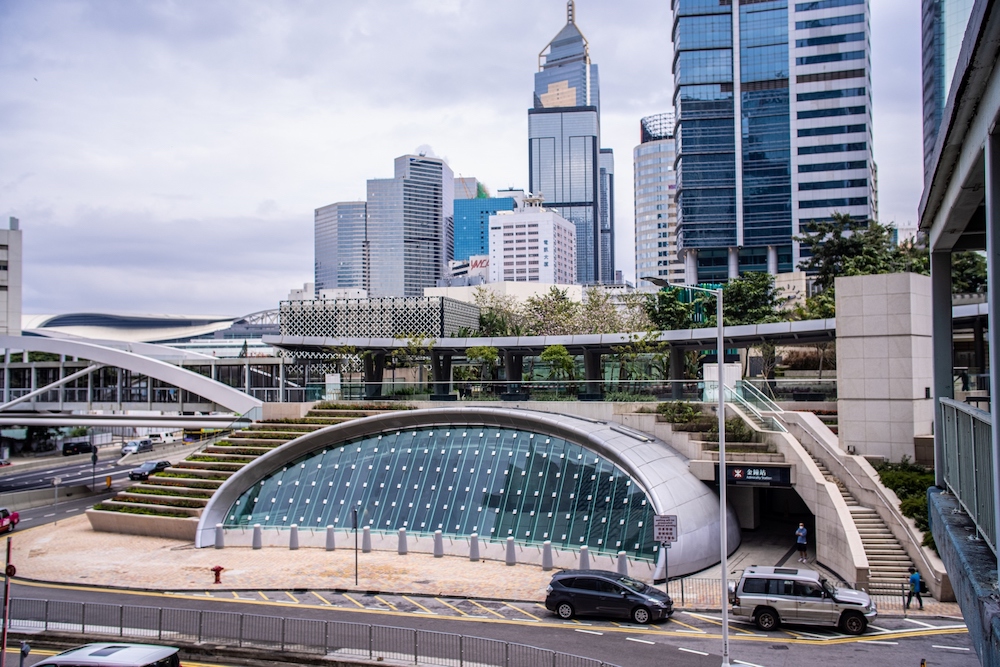Music plays a central role in the most intimate and personal rituals of human life from the cradle to the grave. Songs mark the milestones of birthdays, weddings and the loss of loved ones, and anthems can capture the essence of entire nations. Music has been used as the drumbeat for war as well as for passionate protests for peace.

The ability of melodies and song to shape our emotions is well attested. Shakespeare referred to music as the “food of love”, while 17th century poet William Congreve noted its ability to “soothe the savage breast”. Archaeologists have discovered flutes made from animal bone – the oldest recorded musical instruments – dating to 30,000 years ago.
In today’s world, musicians can achieve fabulous wealth, status and fame, their melodies accompanying commercial advertising and their personal endorsement shifting millions of dollars’ worth of merchandise. So with such a tight link between human emotions and music, and the overlap between music and the corporate world, it’s natural for organisers to seek ways of matching music with meetings and incentive activities.
In the mood
![]()
Imagesound is an international specialist on brands and music. In 2005, it developed a special programme for Starwood’s W Hotel group. Peter Day, regional sales manager Asia of Imagesound-Asia, stresses the importance of understanding the essence of what a corporate brand stands for, and finding music that complements this positioning.
“Whenever we are choosing music for a client, we always start at the same place – discussion with the brand team. We seek to establish a thorough understanding of the brand, clientele and creative vision. All of these contribute to the original planning and creating a profile to suit the event.”
For the events industry, musical arrangement is almost an art form in its own right, and anyone who imagines that it is simply a matter of playing their favourite CDs or booking a live group to fill a gap in the programme is likely heading for disaster. Nick Willsher, managing director of Entertaining Asia, says: “It is important to make sure the client hears the music before the event as individual descriptions of what type of music should be played can be interpreted in a number of different ways.”
Day also notes that, “for events we seek to understand the tone of voice and the message, to ensure the music enhances the experience. Like a good referee in a football match, the right music should blend in and help the event flow. The biggest error that can be made is not fully grasping the original brief and providing the wrong mood or tempo.”
The first rule, therefore, is to match music and mood. The second is to fit the beats of the band to the rhythm of the event. In other words, different partsof the same programme need different musical backdrops. “It’s important the music catches the mood of the event, and the customers feel comfortable with what they are listening to,” says Day. “Familiarity is often key to helping people relax and enjoy the event. But for a new product launch you may want to use unfamiliar music to grab people’s attention.”
For example, a pre-dinner cocktail reception might use a jazz trio to create a chilled-out atmosphere, offering a perfectly relaxed environment for networking. However, later in the evening after a gala dinner you might need to stimulate a higher level of energy to build up to an awards ceremony for high sales achievers, and this needs a different rhythm altogether.
Tuning in to the crowd
Music is a marker of generation and culture, and since most major events are likely to bring together people of different ages and nationalities, this is the first challenge. Are your attendees hip young Rihanna groupies or mature Joni Mitchell fans? Have you got a group of Korean salespeople who will love Rain but hate Earth, Wind and Fire?
There’s no simple solution, but Western classical music is often a good choice as it conveys a timeless elegance and will be recognised across most age and cultural barriers. You can opt for the soothing strains of Bach, Mozart or Vivaldi, or for some high-energy boosting moments, use the William Tell Overture or Wagner’s Ride of the Valkyries.
Opera is another musical form that exudes classiness – you might be surprised at how many arias are instantly recognisable from their use in movie scores and television commercials. Luciano Pavarotti’s unforgettable rendition of Nessun Dorma during the World Cup and Olympic events in the 1990s catapulted this aria to the fore and its stirring, uplifting air perfectly captures the idea of excellence and performance, whether sporting or corporate.
Music can also be used to convey a sense of the destination. There seems to be no luxury hotel lobby in Indonesia without its very own gamelan group, to welcome guests. But try to look for an unusual twist. A popular entertainment option in China recently has been to use groups playing traditional instruments, such as the stringed erhu, to perform modern or Western classics.
Timing is often said to be a musician’s most important skill. It’s certainly an event organiser’s. Choose where music fits best into the schedule: gentle background music will allow guests to settle over dinner and chat to their colleagues without straining to hear over the sounds of a live band; a triumphal fanfare on the other hand will quieten the crowd and induce a sense of awe to introduce a keynote guest speaker.
Also bear in mind cultural norms. At many Chinese corporate banquets and gala dinners it is considered quite acceptable to leave after the main courses have been served. One event, which started with 100 tables and nearly 1,000 guests, was reduced to just a handful of tables by the time the main musical act, flown in specially, appeared on stage – so consider the timing of performances carefully if your attendees are mainly clients or customers in their hometown.
Music doesn’t have to be a passive experience either. While music workshops may be too testing for many, simple beat-based activities can easily be worked into team-building exercises. Human Rhythms, a drum-based team-building company with offices across Asia, has worked with major companies such as American Express, HSBC, Amway Global and Pepsi, using drumming as a fun means of non-verbal communication and participation.
At the end of the day, the real challenge ?for event organisers is to understand the brand, know your audience, and make sure the event celebrates and engages both. Now that’s harmony.
THE PROFESSIONALS
Entertaining Asia
email: info@entertainingasia.com
www.entertainingasia.com
Imagesound
email: peter.day@imagesound.co.uk
www.imagesound-asia.com
Human Rhythms
email: info@humanrhythms.com
www.humanrhythms.com
TOP TIPS
• Brief your bands or DJs clearly about the kind of audience to expect and the need to cater for specific tastes.
• Be clear about the need to stick to schedules – you don’t want your CEO’s speech delayed because a singer added an unexpected encore. Appoint a “stage manager” to keep things running smoothly.
• When booking a big-name singer or band pay strict attention to any “riders”; this set of demands could be anything from the type of mineral water they drink to a particular make of guitar they insist is supplied. Failure to do so might result in unnecessary tension or even a no-show on the night.
• Check with the venue on acoustics – don’t assume a five-star ballroom will provide the same sound quality as a concert hall.
• Ensure the venue’s audio-visual team is well briefed and competent. If music is a key component of the event make sure you meet with them beforehand.
• Set aside a “green room” where bands and performers can relax when they’re not performing.
MUSIC BY REGION
A short guide to musical styles that can give a local flavour to your event:
Indonesia
Gamelan music is the style most easily associated with Indonesia, although strictly speaking it is a Javanese genre. A modern alternative is dangdut, a fast, raunchy pop music that combines Indonesian, Arabic and Bollywood influences. Inul Daratista is the foremost exponent of Dangdut.
Hong Kong
Cantopop is one of Asia’s liveliest musical cultures and is popular even among non-Cantonese speaking Chinese communities. Cantopop is associated with some of the great names in the Hong Kong music scene such as Anita Mui, Leslie Cheung, Jacky Cheung, Andy Lau, Aaron Kwok and Leon Lai.
Australia
Forget Kylie, INXS and AC/DC, Australia’s indigenous people can lay claim to a culture that is tens of thousands of years old. Aboriginal performances add a sense of place, as well as acknowledging the traditional owners of the land.
Mainland China
Beijing opera is visually stunning as well as a much-revered traditional musical form. While a four-hour performance might tax the patience of some attendees, shorter performances can be arranged at banquets, gala dinners and the like.
Korea
Hallyu, or the Korean Wave, refers to the diffusion of Korean culture, such as music, movies and soap operas across the world. Musical artists such as Rain and the Wonder Girls have had huge success with their K-Pop hits across Asia and beyond, breaking through language barriers.
Tony Palmiro


